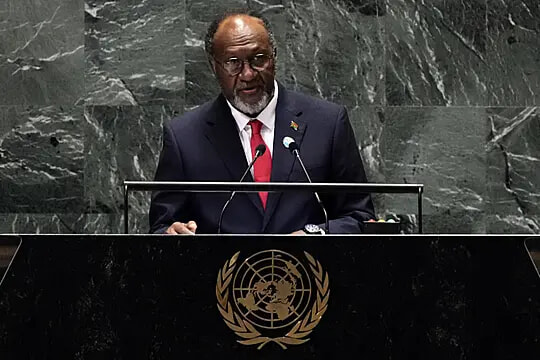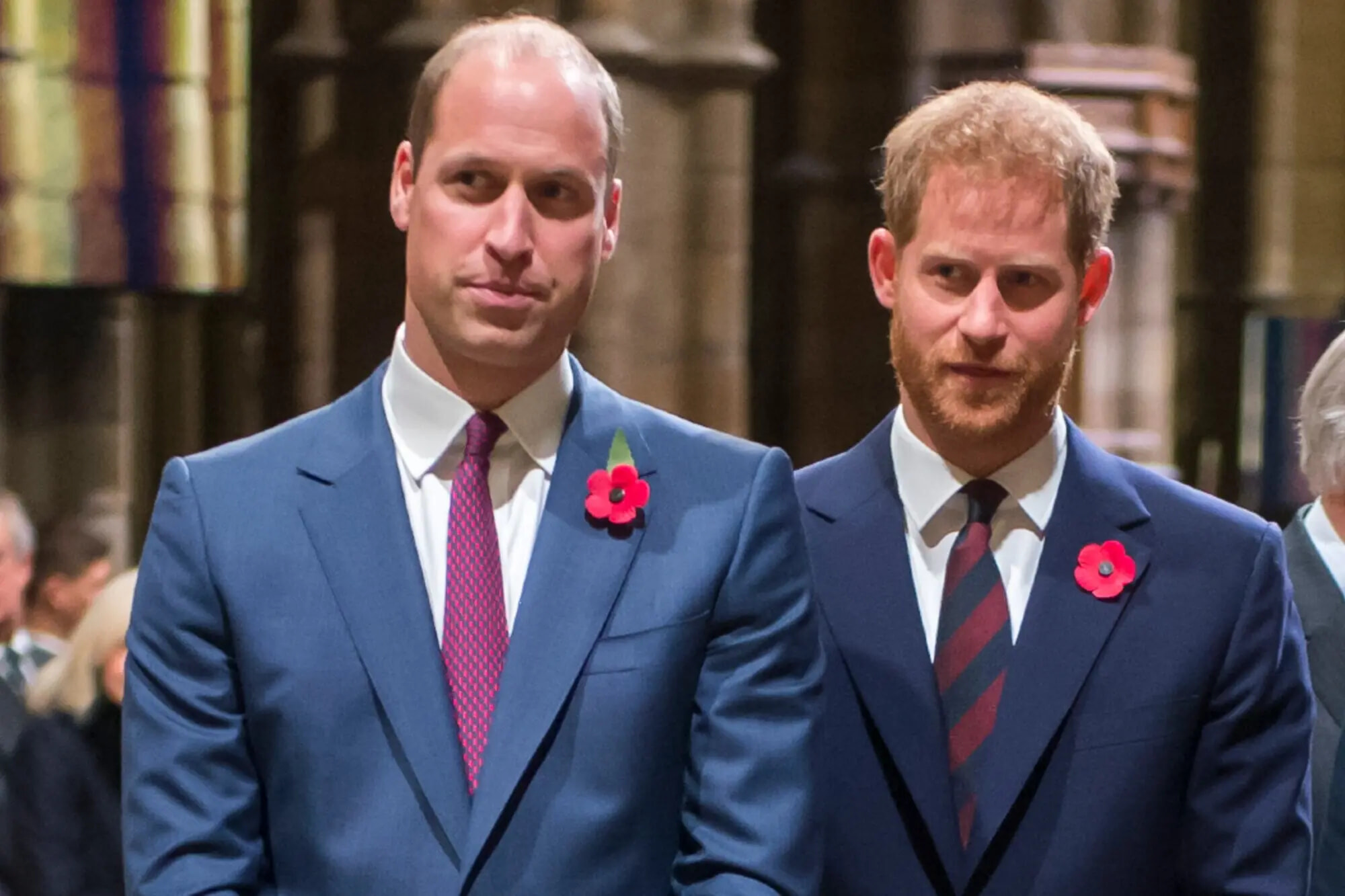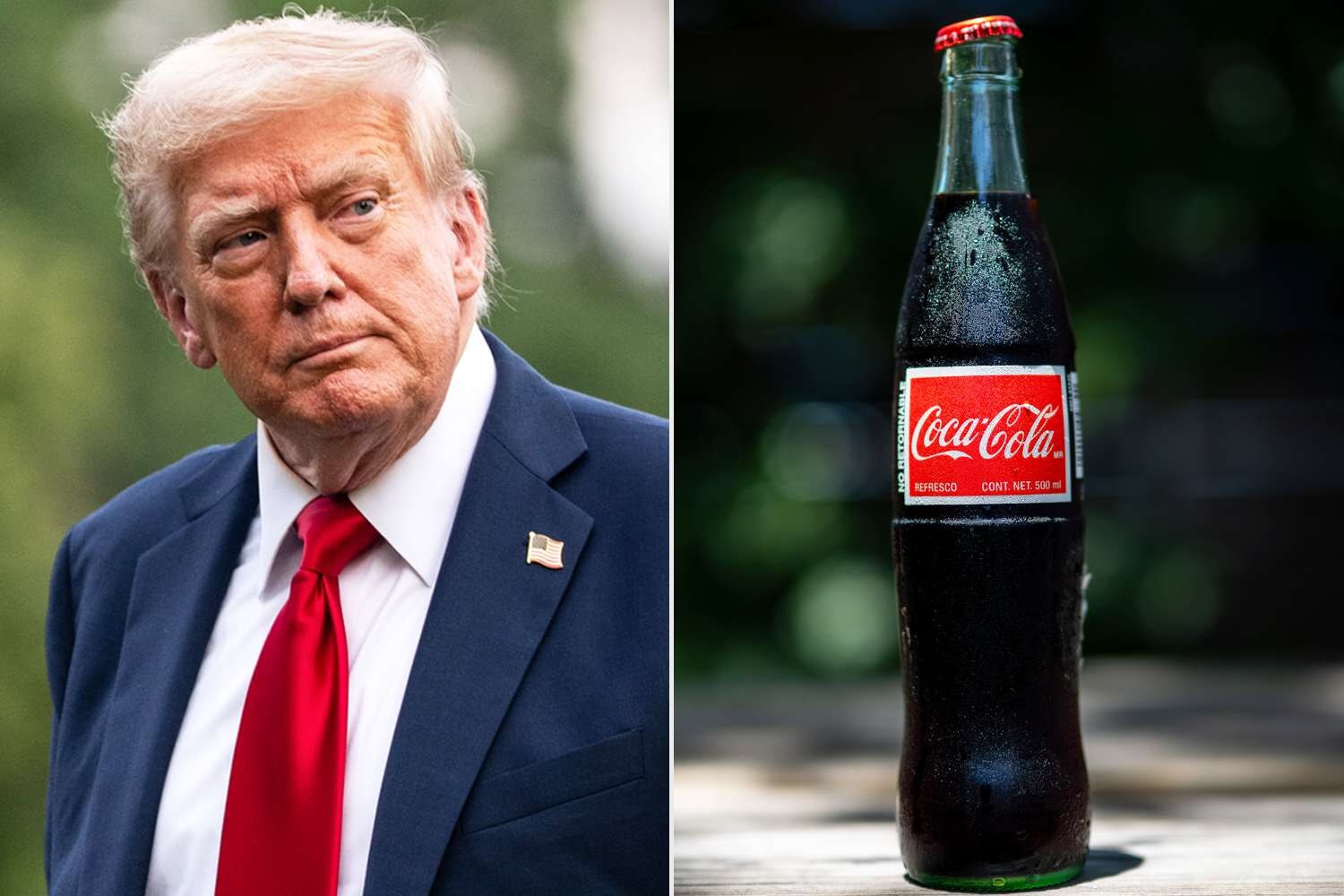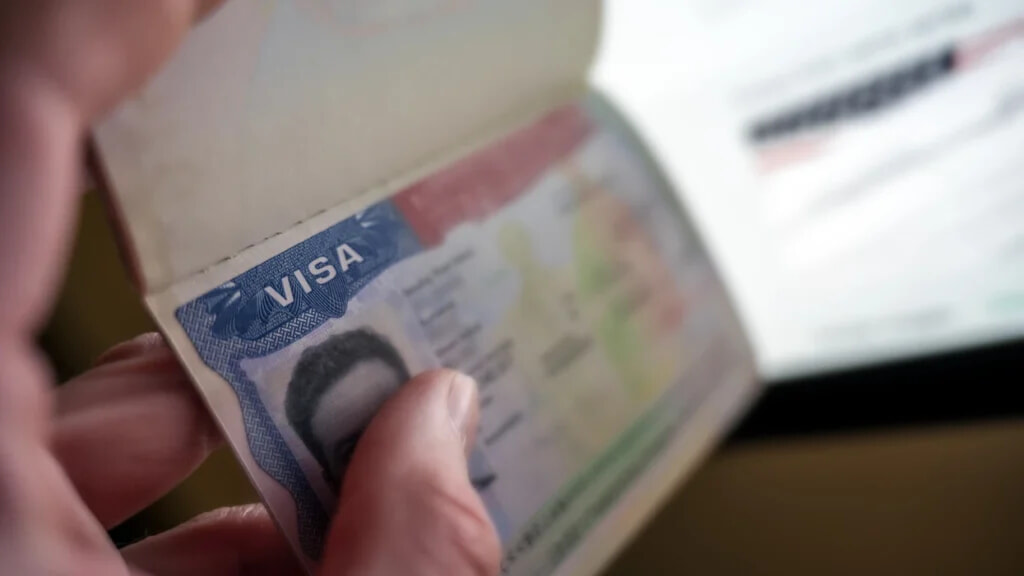
U.S. to Start Charging Tourists a $250 Visa "Integrity Fee"
Seriously?
Published July 21, 2025
Advertisement
Advertisement
1. Clouds Gather Over U.S. Entry

As 2025 marches on, travelers and industry experts find themselves facing a rapidly changing landscape for entry into the United States.For years, the U.S. has been a top destination for tourists, business professionals, and international students seeking opportunity or adventure.But behind the scenes, policymakers and lawmakers have been quietly assembling a new web of fees and requirements, culminating in the passage of the “One Big Beautiful Bill Act.”Tourism numbers have been shaky since the pandemic, with visitors often citing high costs and complex entry requirements as barriers.Now, with global events like the FIFA World Cup and the Olympics on the horizon, the stakes for international travel to the U.S. have never been higher.Critics and industry leaders have warned that any move to raise fees could discourage potential visitors, especially those from emerging markets.Despite this, the American government insists that its recent legislative changes are essential for national security and fiscal responsibility.The conversation surrounding these new fees is growing louder, as stakeholders on all sides recognize the gravity of the situation.The new act is poised to shake up not only the price of entry but also the mechanics of who comes, how, and at what cost.With this backdrop, travelers and officials alike are bracing for a seismic shift in the economics of U.S. travel.The next chapter begins with a single word: fee.
Advertisement
2. A Web of Fees Unveiled
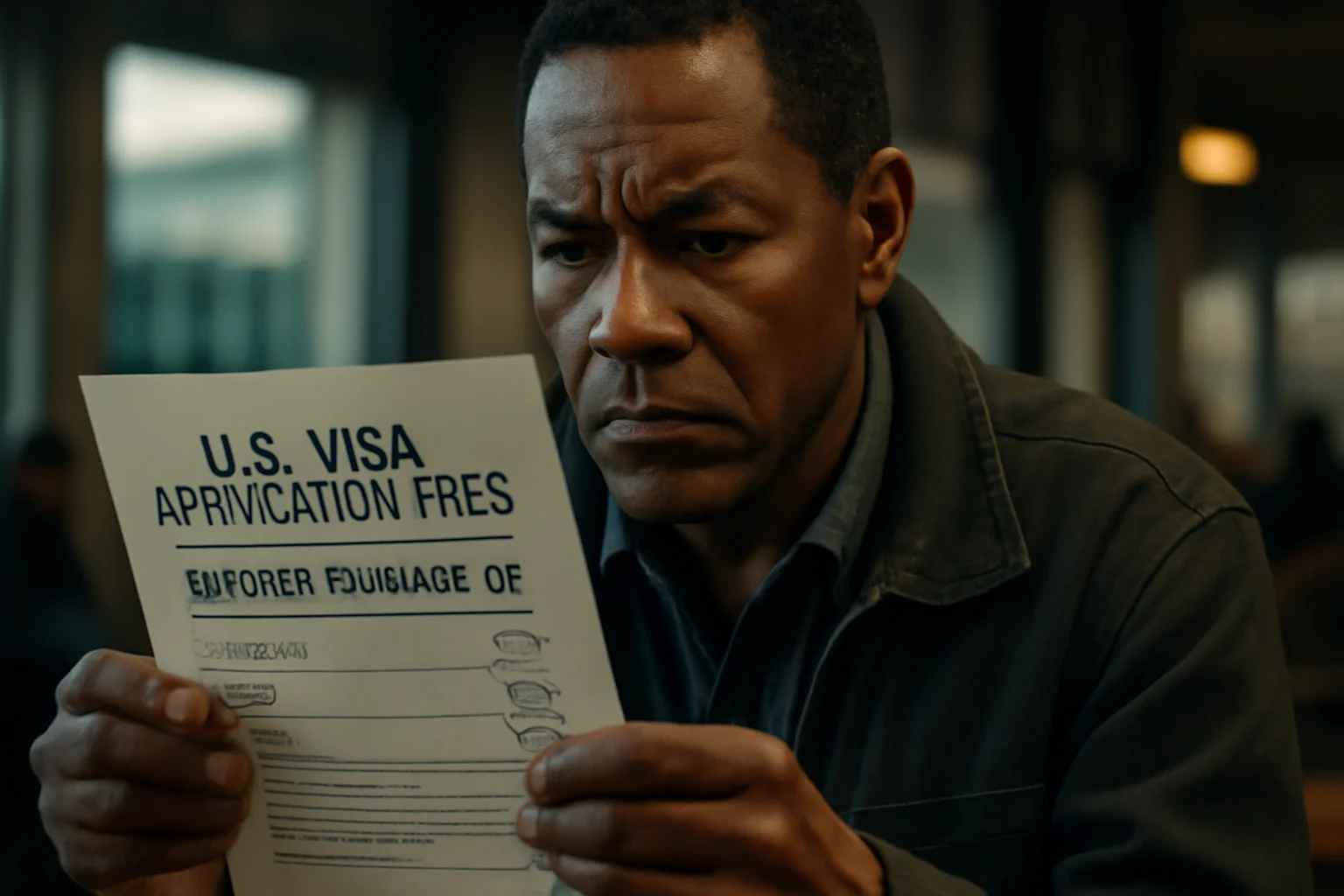
The heart of the storm is the introduction of the $250 “visa integrity fee,” a charge that applies to nearly all nonimmigrant visa applicants who wish to enter the United States.This fee comes on top of existing visa application costs, which for some categories already total several hundred dollars.The new law also ratchets up fees for the Electronic System for Travel Authorization (ESTA) and the Electronic Visa Update System (EVUS), meaning that even those seeking the most basic travel authorization will pay more than ever before.According to the bill, the integrity fee is not just a fleeting charge; it is designed to rise each year with inflation, and it can be increased at the discretion of the Secretary of Homeland Security.On top of that, the form I-94 fee for arrival and departure records is now quadrupled from $6 to $24, further tightening the squeeze on international travelers.Industry experts warn that the combined effect of these overlapping fees could put a U.S. trip out of reach for many middle-class visitors from Africa, Latin America, and Asia.The fee is part of a sweeping effort to overhaul border security, administration, and enforcement, all under the banner of “restoring integrity” to America’s immigration system.While the government claims the revenue will strengthen border resources, critics argue that such measures are blunt tools that can backfire.Concerns are mounting that these costs will hit not just tourists, but also students, business people, and families seeking reunification.Amid confusion and a lack of clear implementation guidelines, would-be visitors are left to wonder just how much it will really cost them to set foot on U.S. soil.
Advertisement
3. Big Beautiful Bill
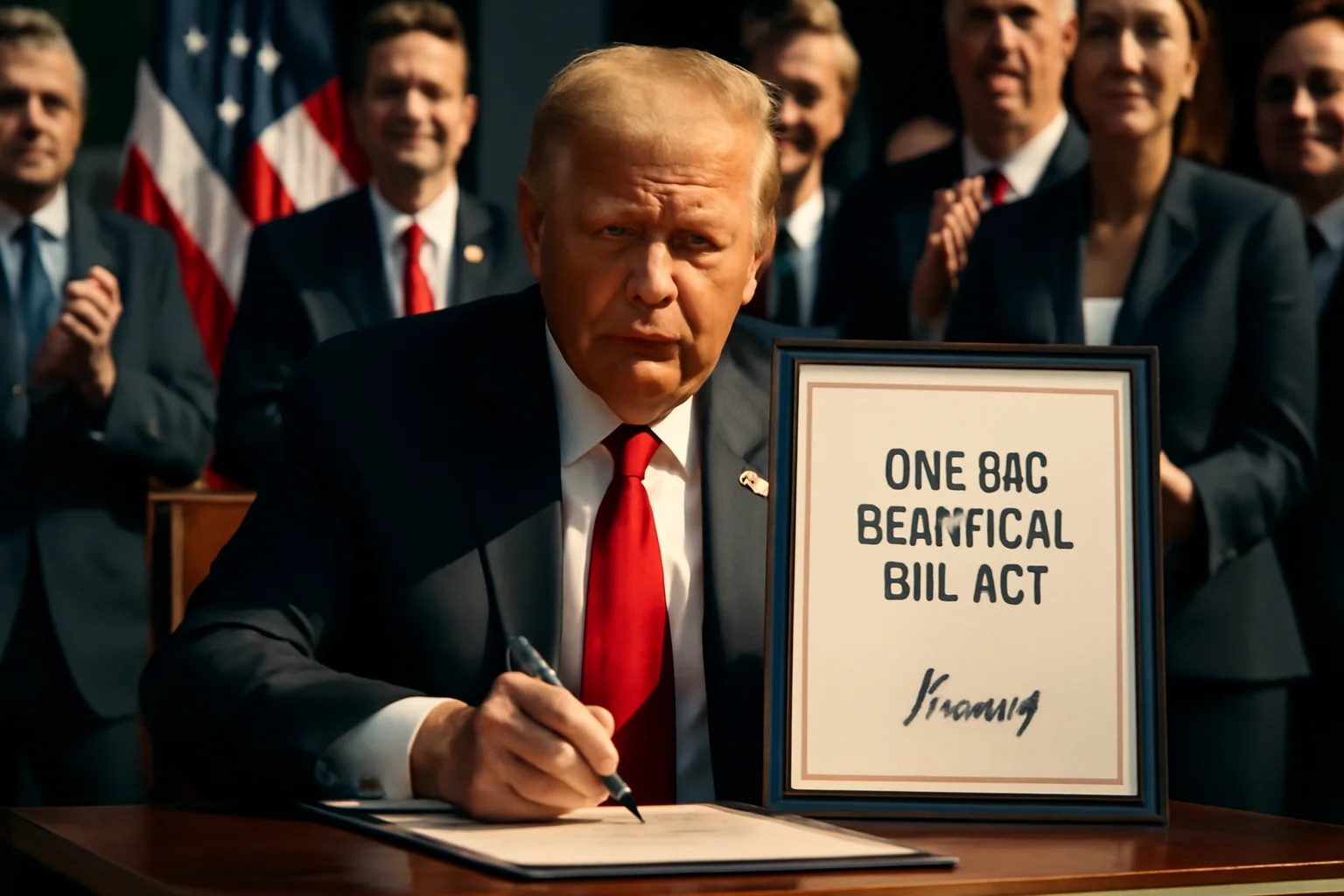
The “One Big Beautiful Bill Act,” signed into law by President Trump on July 4, 2025, serves as the legislative engine driving these new fees.Framed as a measure to reinforce the nation’s borders and improve travel infrastructure, the bill was touted as a breakthrough for American security and administrative efficiency.Supporters in Congress have argued that increased funding for ICE agents, detention centers, and border wall construction will make the U.S. safer.Yet, the bill also slashes funding for Brand USA, America’s travel marketing arm, drawing the ire of tourism officials who say these cuts will undermine the country’s global appeal.For lawmakers, the act represents a balancing act between shoring up security and keeping America open for business, tourism, and culture.Travelers, meanwhile, are faced with the reality of navigating a more expensive and bureaucratic process to enter the country.The act grants Homeland Security broad latitude to increase, adjust, or waive fees as it sees fit, though waivers and reductions have been expressly ruled out for the new visa integrity charge.Behind the scenes, interagency coordination remains a work in progress, with many details—such as who collects the fee and how refunds work—still shrouded in uncertainty.At the heart of the debate is the notion of “integrity,” as the government seeks to ensure that those who enter the country do so with full compliance to its laws.Amid a backdrop of global tensions and shifting travel patterns, the act signals America’s intent to recalibrate the rules of entry on its own terms.And as implementation looms, both supporters and critics agree on one thing: the impact will be felt far and wide.
Advertisement
4. Dark Implementation

Despite the law’s passage, there are few clear answers about when the $250 visa integrity fee will actually take effect.While the bill gives Homeland Security authority to start collecting the fee during the current fiscal year, no specific date or collection mechanism has been announced.Visa applicants and attorneys are left sifting through incomplete guidance, with questions swirling around everything from timing to reimbursement.Some legal experts suggest that the fee could begin as soon as October 1, 2025, at the start of the new fiscal year, but no official confirmation has been made.Agencies such as the Department of State and Homeland Security have yet to clarify who will be responsible for fee collection at consulates or ports of entry.There’s also uncertainty about whether the fee will be retroactive or how it will be processed for those whose visas are still pending.The act includes a provision for possible reimbursement, but only for those who strictly comply with visa conditions—yet the government has not said how or when refunds would be issued.The U.S. Congressional Budget Office expects it will take years to set up a process for reimbursements, meaning travelers may never see their money returned.Industry attorneys are now advising clients to treat the fee as nonrefundable, calling any eventual refund a “bonus” rather than a guarantee.As this bureaucratic fog settles over the process, frustration mounts for travelers who need concrete answers about costs and compliance.What is clear: the new fee is coming, but the journey from law to implementation remains a work in progress.
Advertisement
5. The Fee Hits Home

The moment of truth for international travelers arrives with the reality of the $250 visa integrity fee—a cost that instantly transforms the economics of a U.S. visit.For tourists, business travelers, and international students, the fee is a non-negotiable price of admission, stacking atop already high visa application costs.Student visa applicants, for example, will now see their total outlay soar to nearly $800, once all existing and new fees are counted.Even workers with temporary visas like the H-1B will find themselves paying hundreds more, as every category faces an unprecedented hike.In some cases, families from non-visa waiver countries may face visa costs totaling thousands of dollars for a single trip.The new fee also applies to those seeking asylum or special entry, who now confront charges that would have once seemed unthinkable for humanitarian access.Travel industry leaders warn that these added expenses could deal a crippling blow to an already struggling tourism sector, as many travelers simply choose other destinations.Visa holders may be eligible for a refund if they leave on time and meet all conditions, but the path to reimbursement remains unclear and likely arduous.Meanwhile, critics argue that the law effectively places a self-imposed tariff on one of America’s largest exports: international travel spending.Amid a softening global travel market, the new costs may prove a deterrent that the U.S. can ill afford.The message is simple: visiting America now carries a premium that must be paid—up front, with no guarantee of a refund.
Advertisement
6. The Exception List
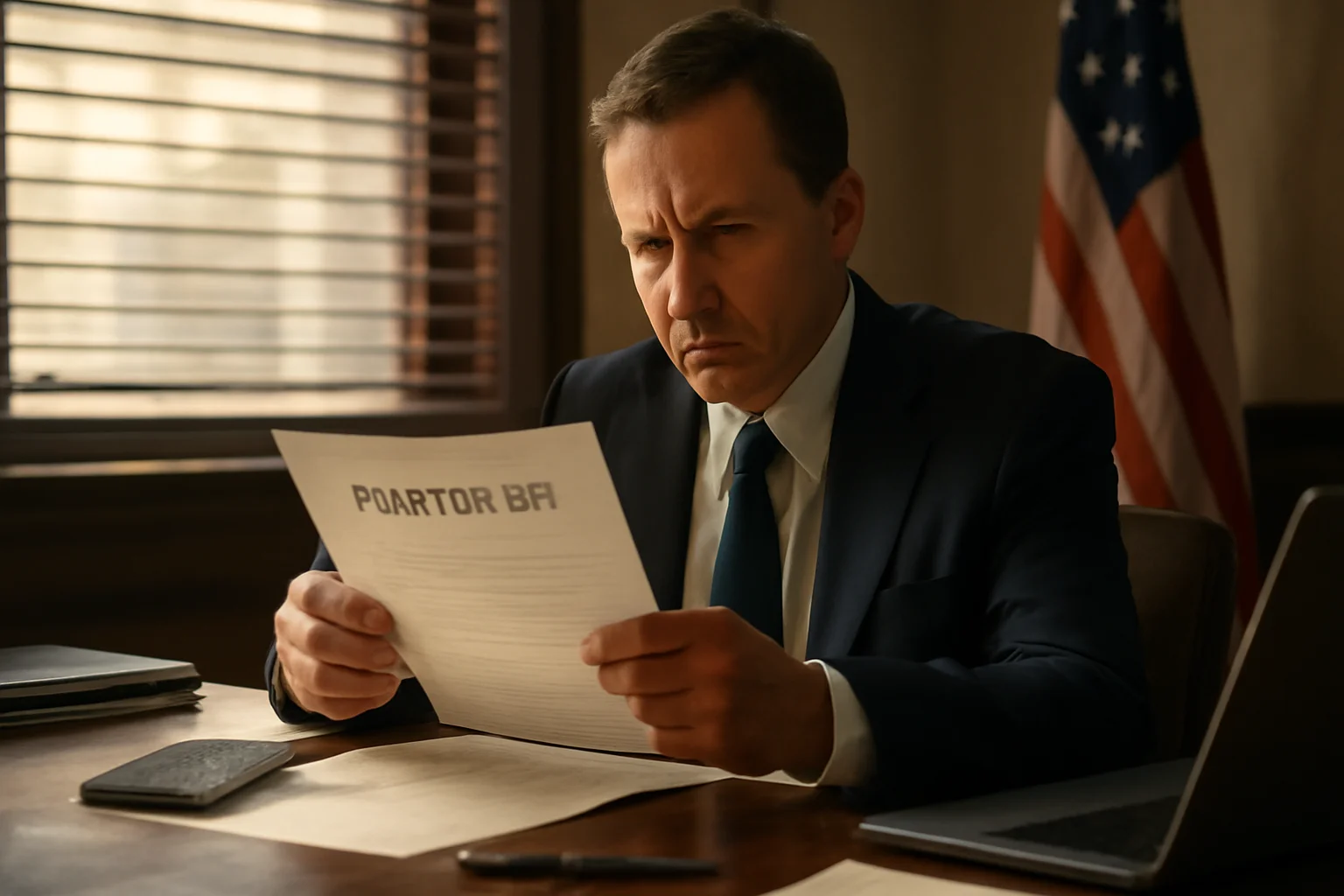
Not every visitor will be hit with the new fee, thanks to the longstanding U.S. visa waiver program.Travelers from 42 countries—including most of Europe, Australia, Japan, and South Korea—remain exempt from the visa integrity charge when visiting for tourism or business for up to 90 days.Instead, these travelers will see a separate increase in the cost of ESTA, which has now risen to $40, as well as new hikes for EVUS and I-94 forms.Canadian and Bermudian citizens also remain largely exempt, with only special categories requiring a visa and the corresponding fees.The exemption list, while generous to many Western nations, leaves out large portions of Africa, Latin America, and Asia, where most travelers must now pay the new premium.For those with dual citizenship, or travelers visiting for specialized purposes beyond tourism or business, the rules are more complex—and often mean the fee still applies.The visa waiver program itself remains under political scrutiny, as lawmakers debate whether its list should be further expanded or contracted.Travelers are cautioned to check their status before booking trips, as the exemption is not universal and mistakes can be costly.Even for those who avoid the visa integrity fee, new bureaucratic hurdles and paperwork requirements continue to complicate the process of entering the U.S.Ultimately, who pays—and who doesn’t—has become another dividing line in the already complicated geography of global mobility.And for millions outside the waiver list, the path to America just got steeper.
Advertisement
7. Effects on Tourism

As the new fees take hold, ripples are being felt across the global tourism industry and among would-be travelers to the U.S.Travel agencies and airlines are fielding waves of questions from clients worried about mounting costs and shifting rules.Tourism boards from affected countries have begun recalibrating their marketing, warning that U.S. trips may no longer fit into the average traveler’s budget.Data shows a marked downturn in visits from countries like Canada, Brazil, and India, with air and automobile crossings already dropping sharply this year.Industry associations warn that the U.S. risks losing ground to rival destinations in Europe and Asia, where entry costs are lower and processes more streamlined.The blow is especially painful for American cities that depend on international tourism to fuel jobs, restaurants, hotels, and local attractions.As officials prepare for a flood of global visitors during the upcoming World Cup and Olympics, there’s concern that sticker shock will keep crowds away.Behind the numbers, personal stories are emerging: families postponing reunions, students deferring college plans, and entrepreneurs reconsidering conference travel.Tourism leaders and economists alike are sounding the alarm, noting that fees meant to boost revenue could ultimately cost the U.S. far more in lost business.Meanwhile, debates rage on Capitol Hill and in statehouses, as lawmakers face pressure to revise or repeal the most controversial provisions.For now, the U.S. finds itself at a crossroads, as it tries to balance security, revenue, and its historic openness to the world.
Advertisement
8. Industry Outcry
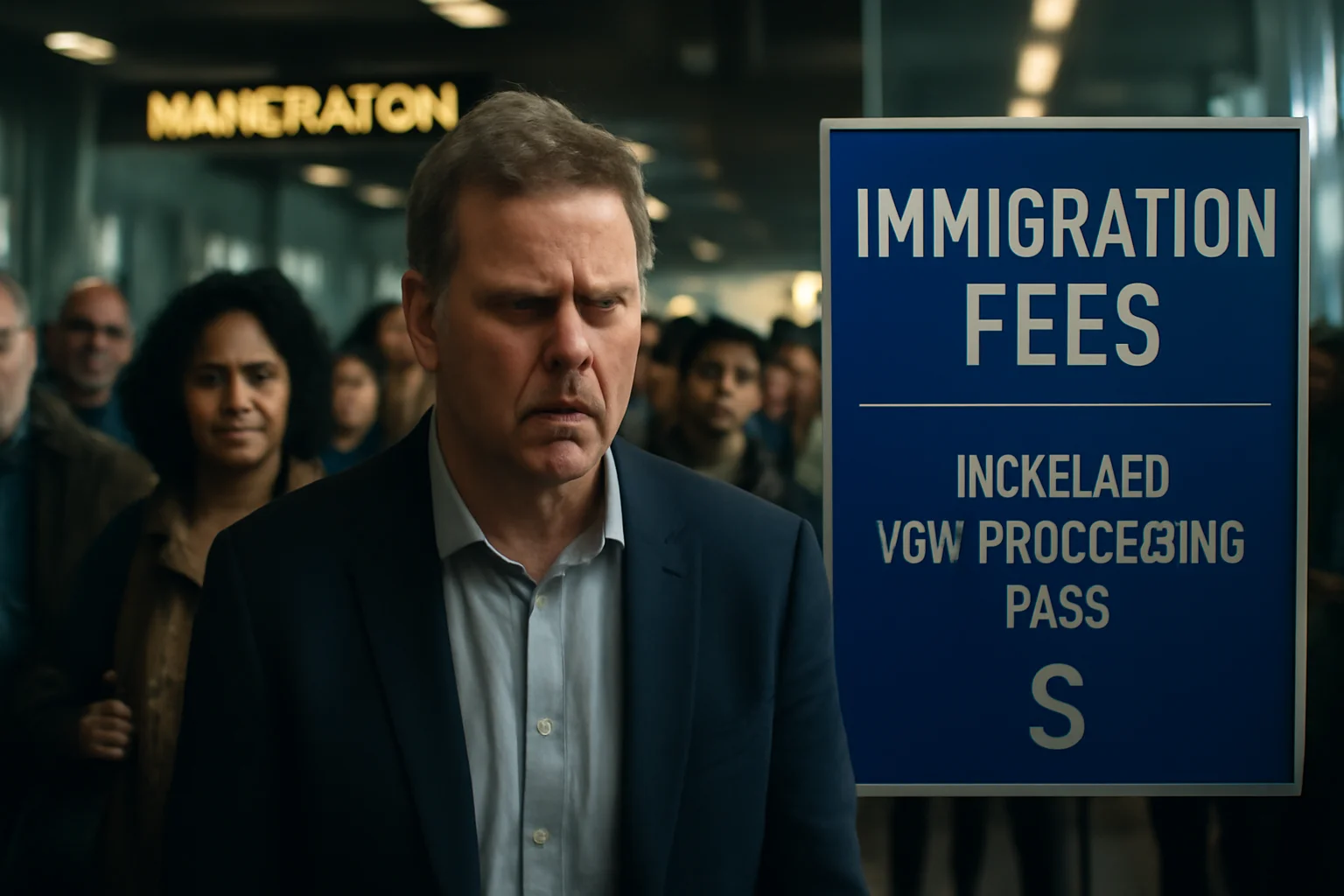
Industry leaders have been swift in their condemnation of the new visa integrity fee, calling it both “foolish” and “counterproductive.”The U.S. Travel Association argues that the added cost will only compound existing challenges, like long wait times and a confusing application process.Instead of investing in a better welcome for visitors, critics say the fees act as a blunt instrument—chasing away guests at a time when America needs them most.Brand USA, the marketing arm tasked with promoting travel to the U.S., has seen its own funding slashed, further reducing the country’s ability to compete for global travelers.Tourism officials warn that the nation’s image as a welcoming, vibrant destination is at risk of being replaced by one of bureaucracy and high costs.Some in Congress have begun to echo these concerns, suggesting that smart policy—rather than higher fees—would better serve America’s interests.Legal experts and immigration advocates point out that the fee adds little value to the system while imposing real hardship on applicants.Others argue that the complexity of reimbursement and compliance will only lead to more confusion and administrative headaches.Still, the administration remains steadfast, framing the fee as a necessary tool for border integrity and national security.For now, the debate rages on, with no clear consensus in sight, even as the first travelers begin to feel the pinch.
Advertisement
9. Inside the Numbers

The financial implications of the visa integrity fee extend far beyond the individual traveler’s wallet.Proponents see the fee as a revenue generator, expecting billions to flow into the Treasury and border security accounts over the next decade.Of each I-94 fee collected, 20% is earmarked for land border inspections, another 20% for Customs & Border Protection, and the remainder for the federal general fund.ESTA and EVUS fee hikes are similarly partitioned, with portions allocated to cost recovery, deficit reduction, and travel promotion.The Congressional Budget Office estimates that, due to bureaucratic hurdles, only a small number of travelers will ever successfully obtain refunds.Despite the promise of reimbursement for those who strictly comply with their visa terms, many legal experts warn that government refunds are rare and difficult to claim.Meanwhile, the cost of compliance—for both travelers and agencies—continues to rise, with new forms, processes, and procedures to navigate.The U.S. issued over 10 million nonimmigrant visas in 2023 alone, meaning the aggregate impact on international mobility could be staggering.While some see these fees as necessary to fund national security, others fear the economic impact will ripple through every sector touched by global travel.At a time when America seeks to project strength and openness, the numbers tell a story of barriers rising, not falling.The arithmetic of entry is changing, and every would-be visitor now has to do the math.
Advertisement
10. The Road Ahead

As travelers, officials, and industry experts look to the future, the debate over America’s new entry fees is far from over.The rollout of the $250 visa integrity fee is only one piece of a larger puzzle, as the U.S. grapples with how to remain secure while staying connected to the world.For many, the promise of a refund remains a distant hope, buried beneath mountains of red tape and administrative uncertainty.Lawmakers will face increasing pressure to clarify, adjust, or even rescind the most contentious parts of the new law as its impact becomes clearer.Meanwhile, other nations watch closely, weighing whether to adopt similar measures or capitalize on America’s new barriers to lure travelers away.On the ground, individual stories will multiply—of trips postponed, opportunities missed, and families separated by price tags rather than policy.Industry voices will continue to push for smarter, more welcoming policies that support both security and the free flow of people and ideas.As the dust settles, one truth remains: for those seeking to cross America’s borders, the journey is now longer, pricier, and more uncertain than ever.How the world responds—and how the U.S. adapts—will shape the next era of global travel.The gates are not closed, but they have become just a bit heavier to lift.
Advertisement
Advertisement
You May Also Like


